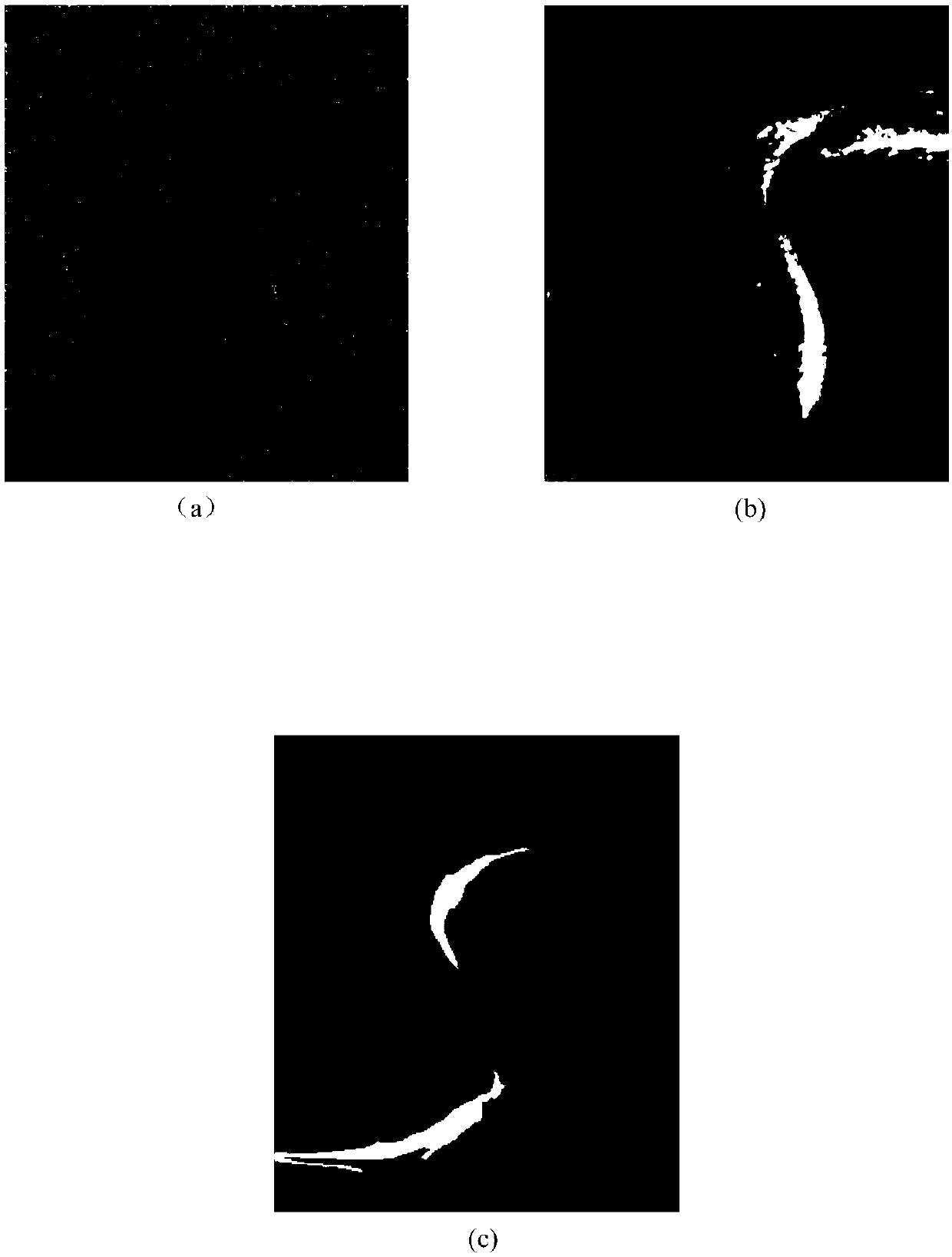Coupled translation network-based multi-modality image change detection method
A heterogeneous image and change detection technology, applied in the field of image processing, can solve problems such as low precision, small application range, and low precision, and achieve the effect of expanding application range, high accuracy, and good image quality
- Summary
- Abstract
- Description
- Claims
- Application Information
AI Technical Summary
Problems solved by technology
Method used
Image
Examples
Embodiment Construction
[0029] The present invention is based on two coupled translation networks consisting of generative adversarial networks, where each translation network contains a generator and a discriminator, see I.Goodfellow, J.Pouget-Abadie, M.Mirza, B.Xu , D. Warde-Farley, S. Ozair, A. Courville, and Y. Bengio, “Generative adversarialnets,” in Advances in Neural Information Processing Systems, 2014, pp.2672–2680. The discriminator is responsible for judging whether the input image is real or fake, and the generator learns to generate fake images to "fool" the discriminator. The two continue to learn against each other, and the image generated by the generator is more and more similar to the target image, until the discriminator cannot judge whether it is true or false, and the generator has the ability to translate the input image into the target image. Two translation networks respectively translate two heterogeneous images until their respective discriminators cannot distinguish between...
PUM
 Login to View More
Login to View More Abstract
Description
Claims
Application Information
 Login to View More
Login to View More - R&D
- Intellectual Property
- Life Sciences
- Materials
- Tech Scout
- Unparalleled Data Quality
- Higher Quality Content
- 60% Fewer Hallucinations
Browse by: Latest US Patents, China's latest patents, Technical Efficacy Thesaurus, Application Domain, Technology Topic, Popular Technical Reports.
© 2025 PatSnap. All rights reserved.Legal|Privacy policy|Modern Slavery Act Transparency Statement|Sitemap|About US| Contact US: help@patsnap.com



